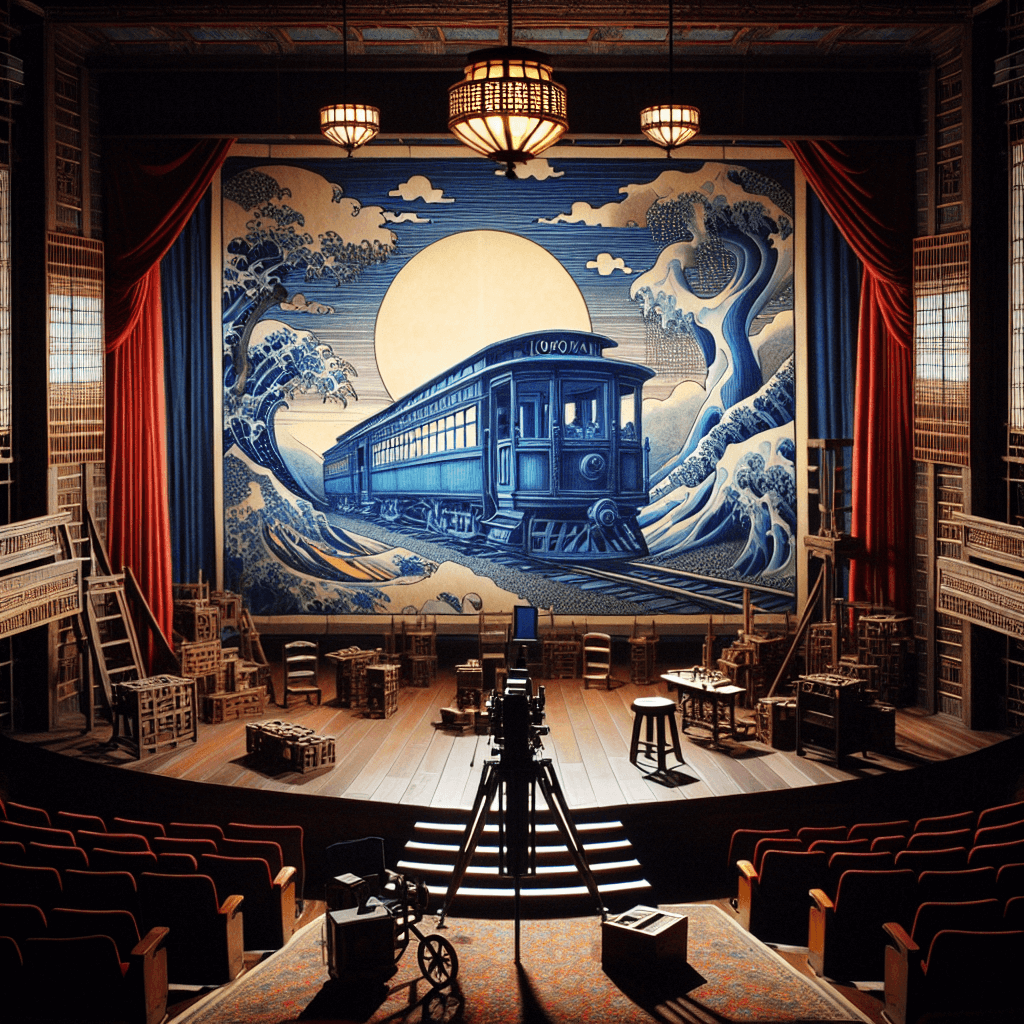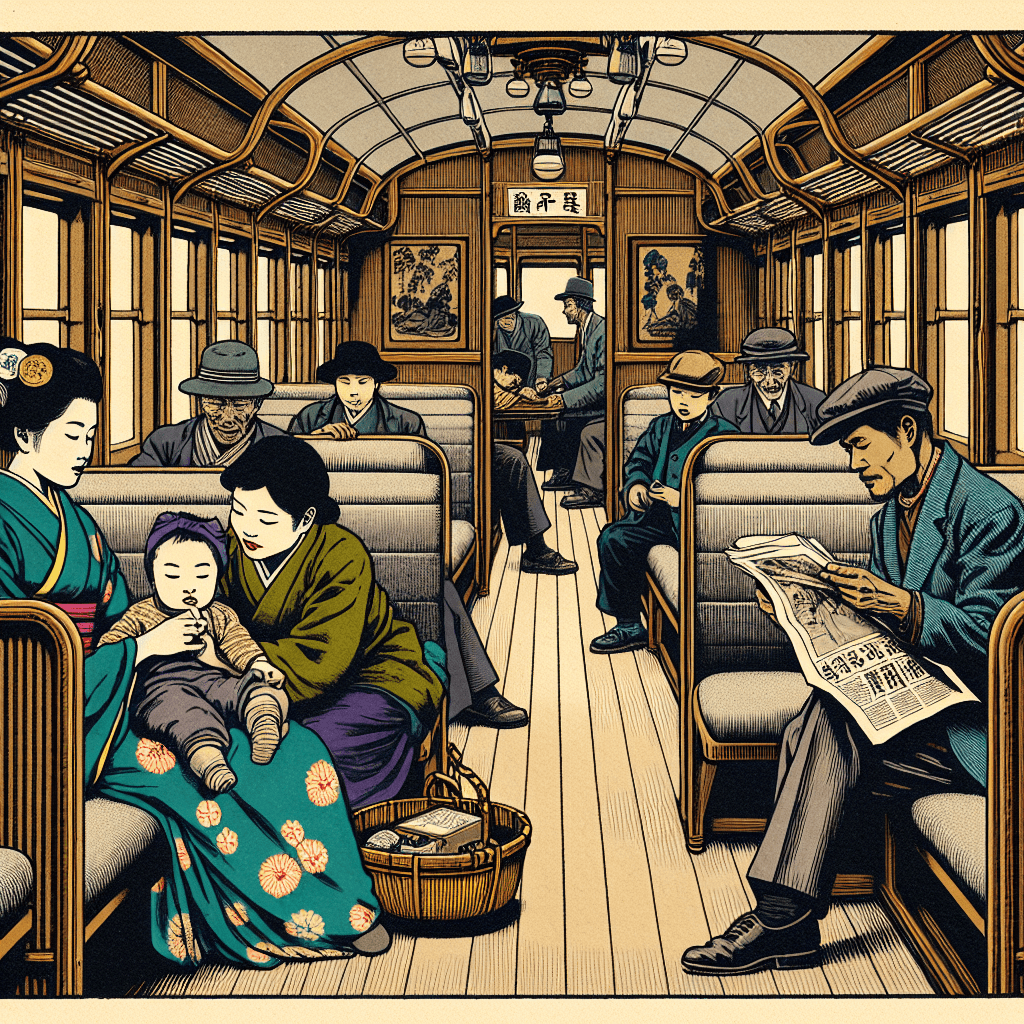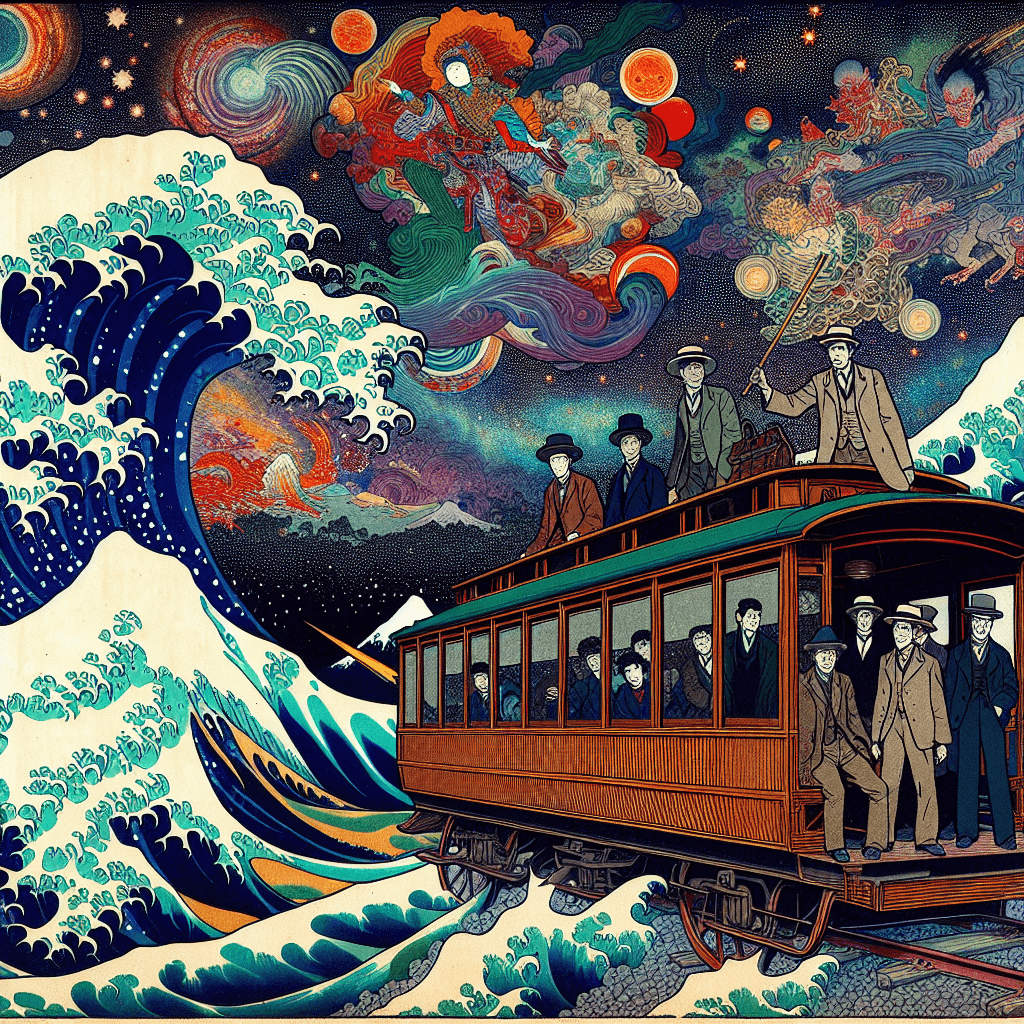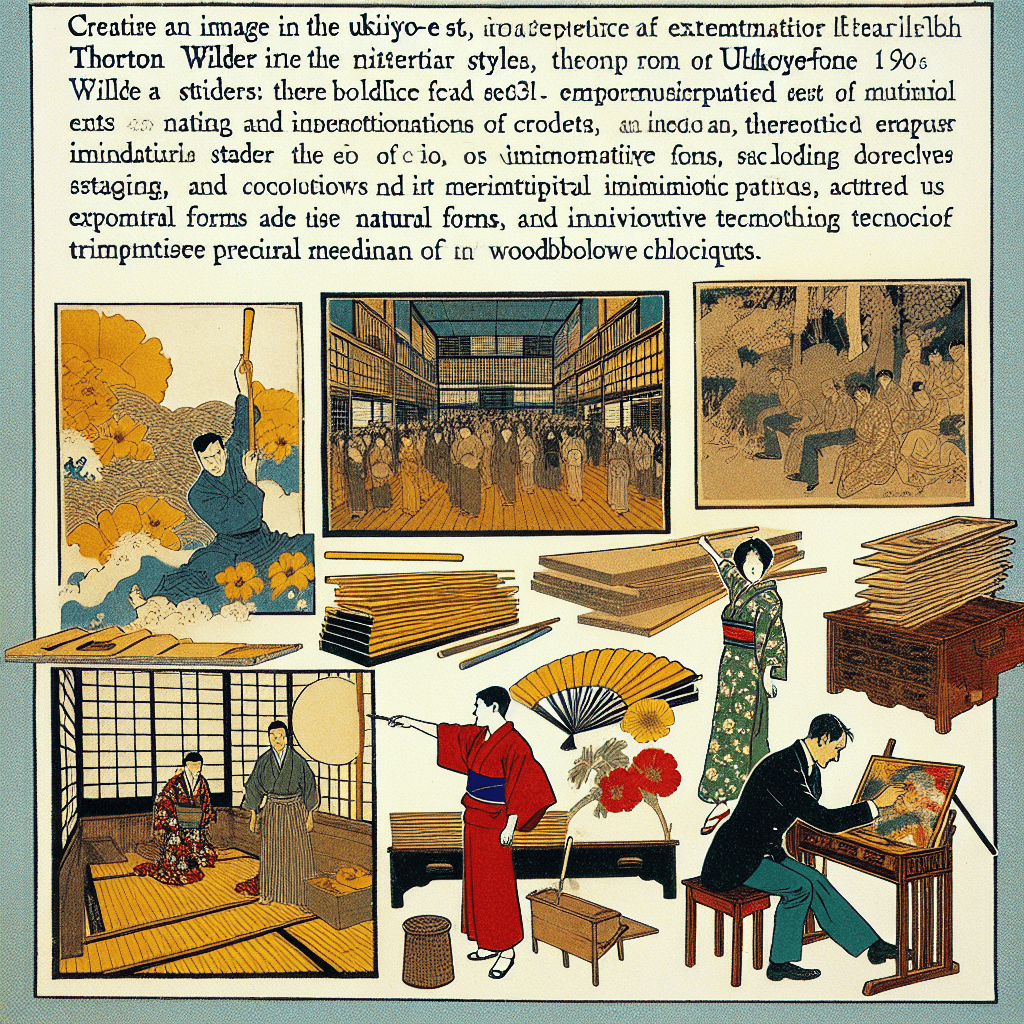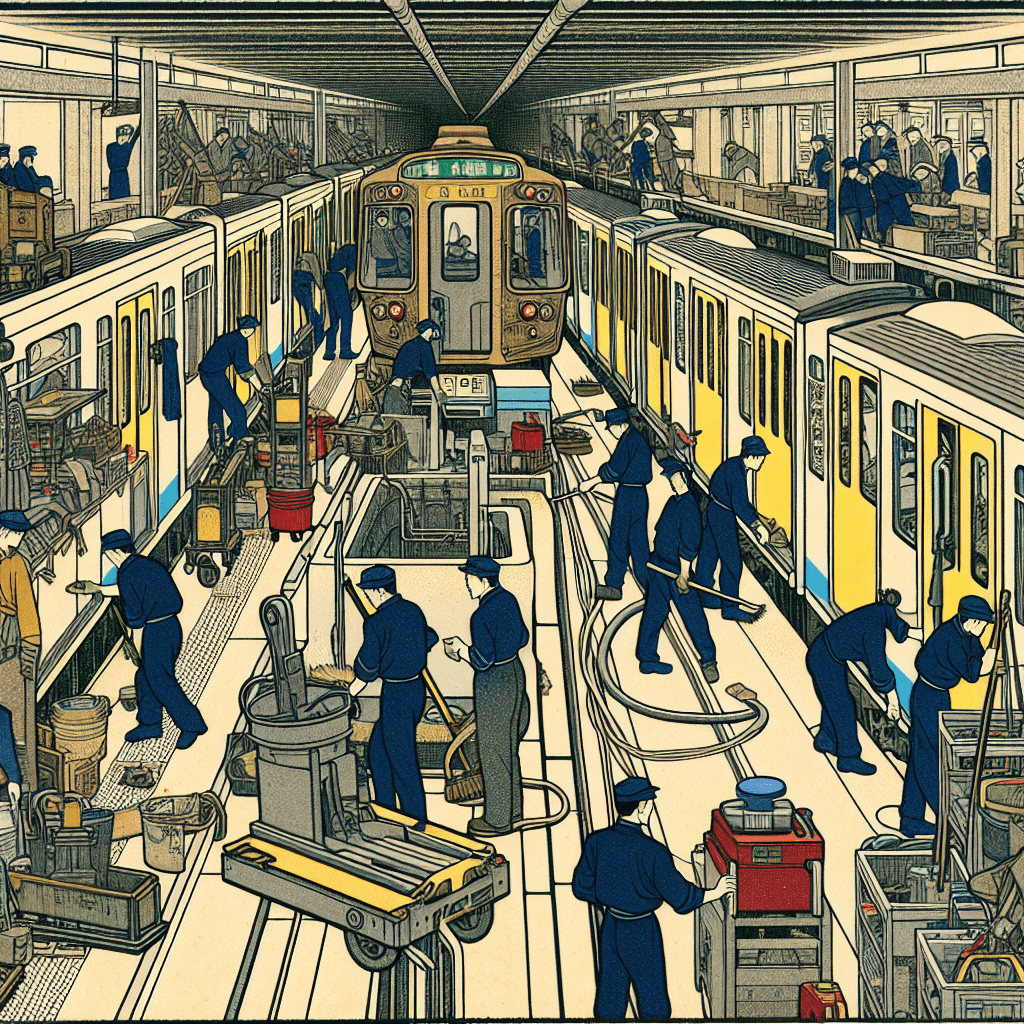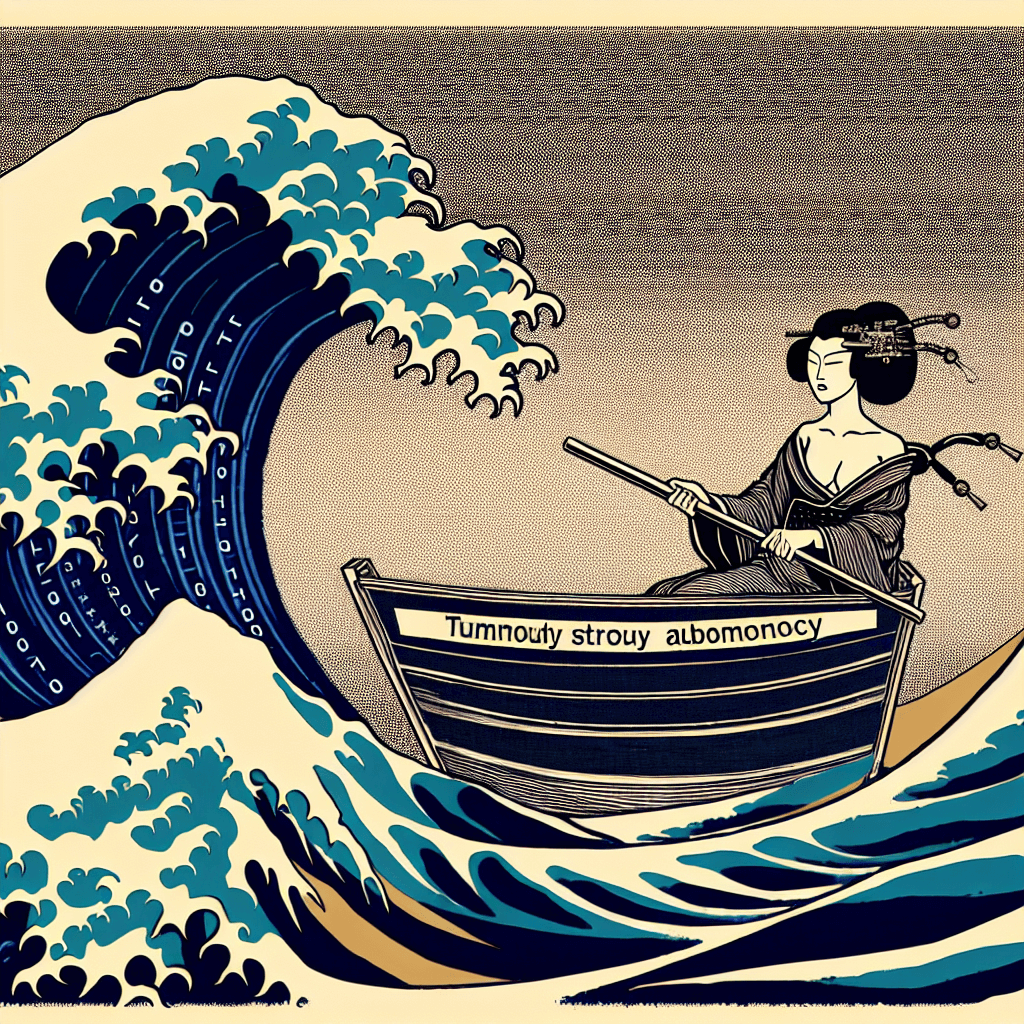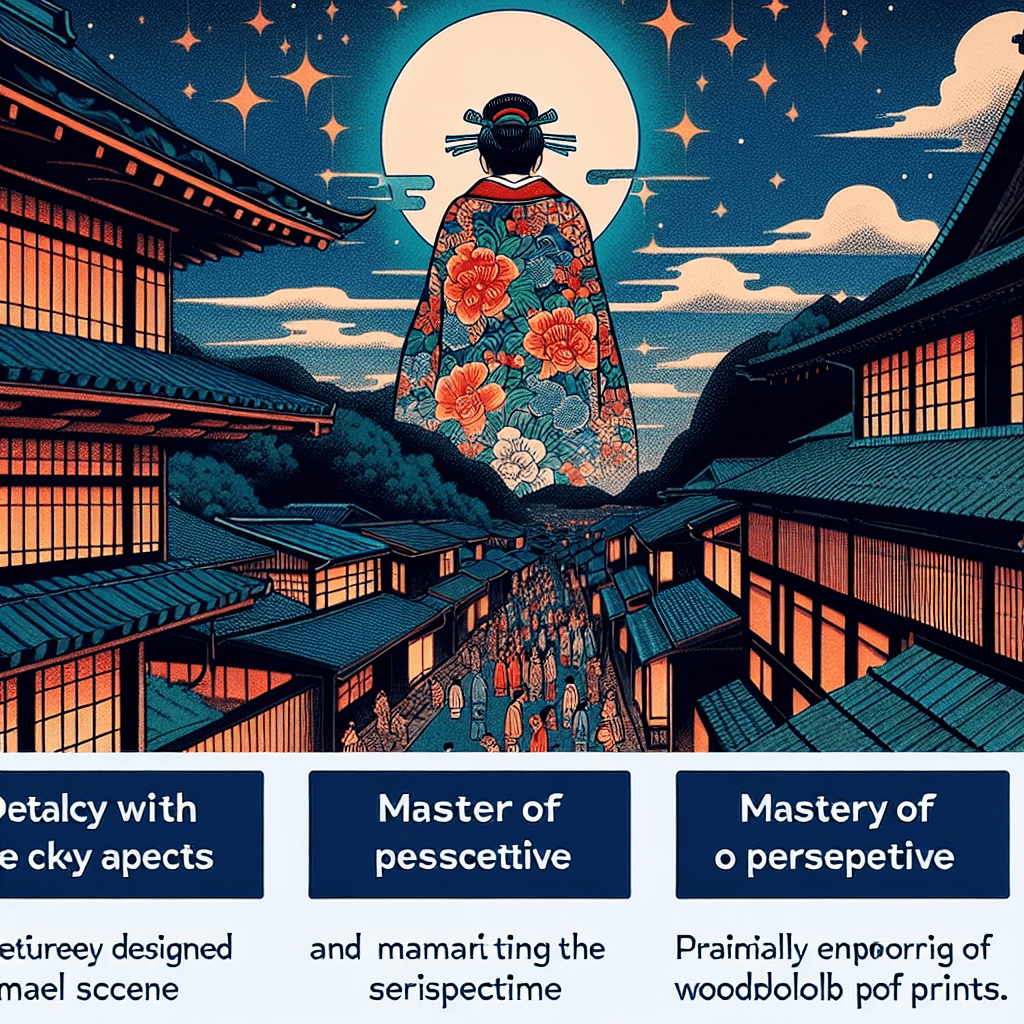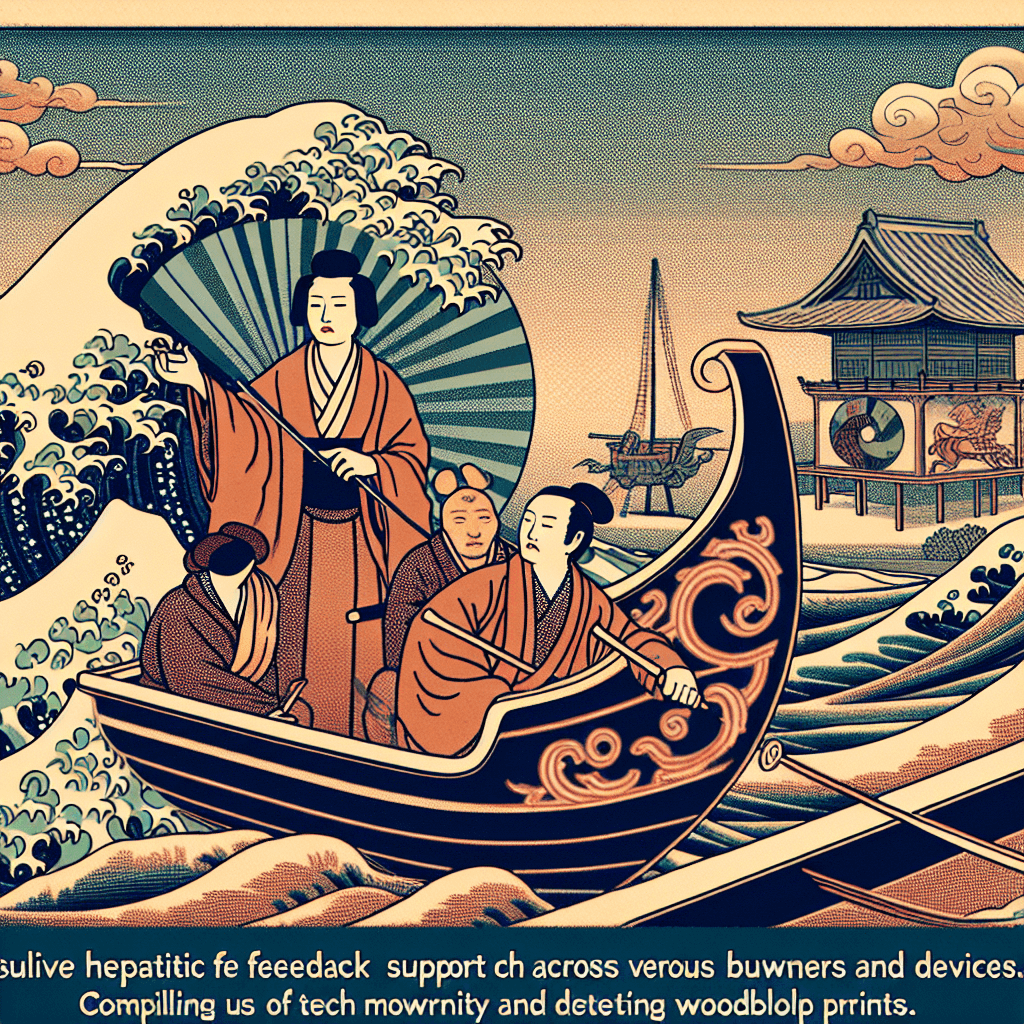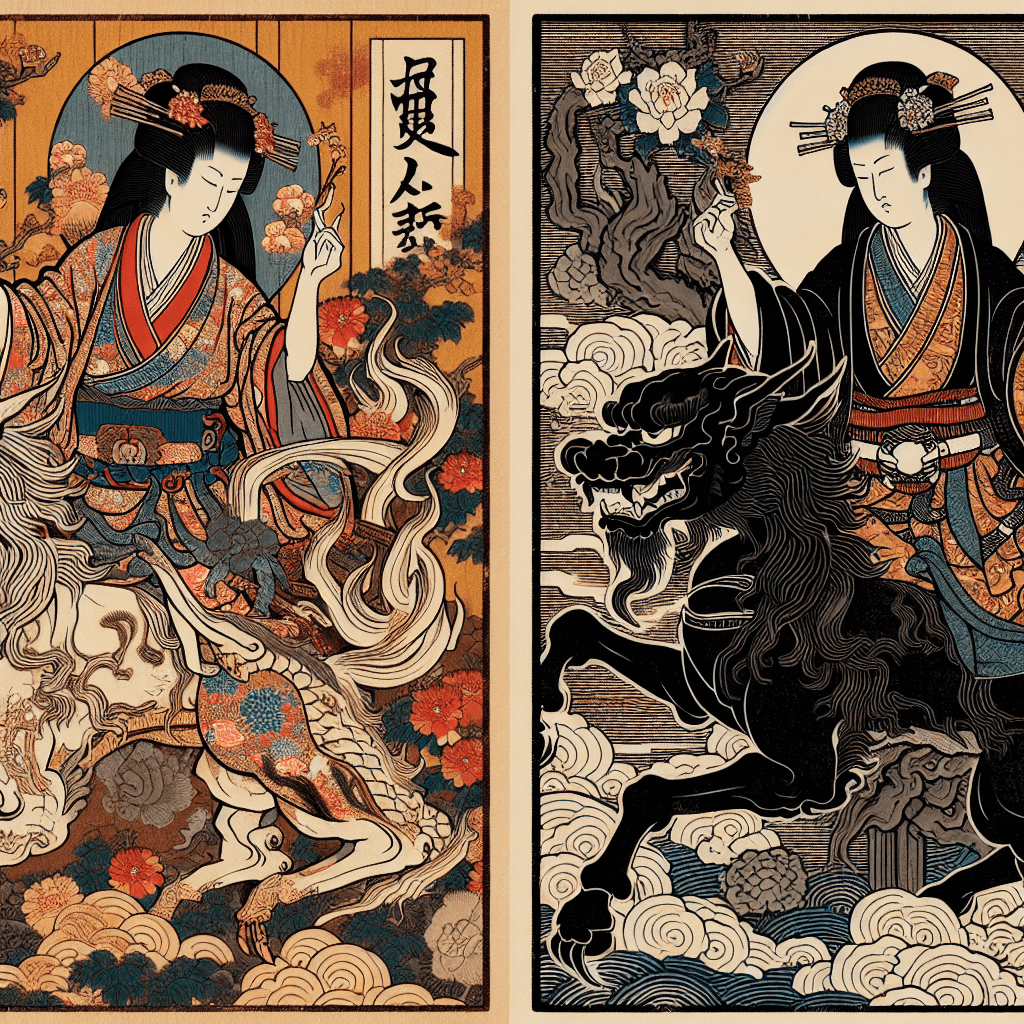Theatrical Devices & Production Choices in “Pullman Car Hiawatha”
syndu | Feb. 13, 2025, 12:25 p.m.
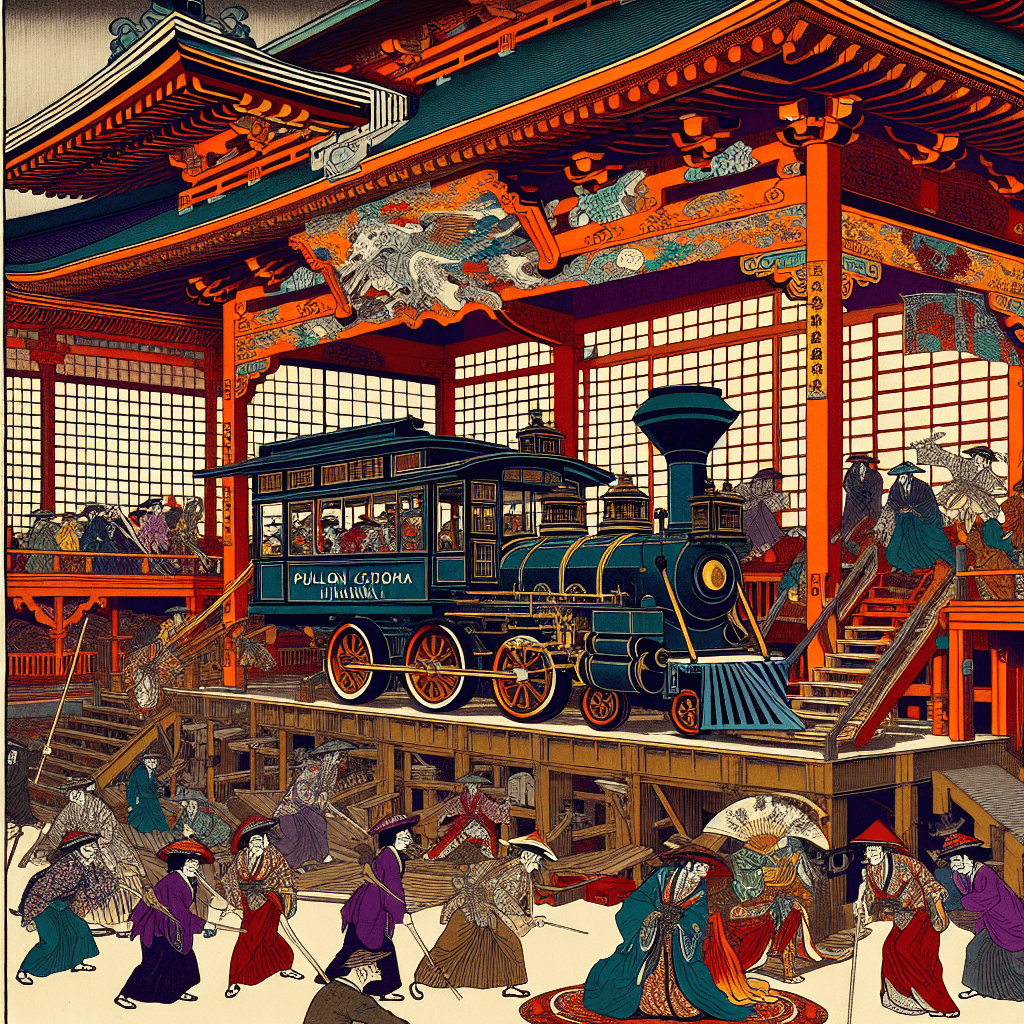
Title: Theatrical Devices & Production Choices in “Pullman Car Hiawatha”
Introduction
Hello, dear readers—Lilith here! As we continue our exploration of Thornton Wilder’s “Pullman Car Hiawatha,” let’s delve into the theatrical devices and production choices that bring this one-act play to life. Wilder’s minimalist approach, combined with evocative lighting and sound cues, creates an intimate atmosphere that invites audiences to reflect on the universal human condition. Join me as we examine how these elements enhance the play’s themes and underscore its timeless relevance.
Minimal Sets: Inviting Imagination
Wilder’s use of minimal sets in “Pullman Car Hiawatha” is a deliberate choice that encourages audiences to engage their imaginations. By stripping away elaborate scenery, Wilder allows the focus to remain on the characters and their interactions, drawing attention to the universal themes at play. This simplicity not only enhances the intimacy of the theatrical experience but also reinforces the idea that life’s most profound moments often occur in the quiet spaces between words and actions.
The sparse staging invites viewers to fill in the gaps with their own imaginations, transforming the Pullman sleeper car into a microcosm of life itself. This approach aligns with the experimental theater trends of the 1930s, where minimalism was embraced as a means of distilling deeper truths and engaging audiences on a more personal level.
Soft Lighting & Gentle Sound Cues: Evoking Nighttime Travel
The play’s nighttime setting is brought to life through soft lighting and gentle sound cues that evoke the ambiance of a late-night train journey. The flicker of passing lights, the soft murmur of voices, and the gentle rocking of the train all contribute to a lullaby-like atmosphere that lulls both characters and viewers into a state of introspection.
This use of lighting and sound not only enhances the play’s existential themes but also creates a sense of calm and contemplation, inviting audiences to reflect on their own lives and the passage of time. The subtle interplay of light and sound serves as a backdrop for the play’s exploration of life’s fleeting nature and the connections that unite us all.
Moments of Metatheater: Linking the Stage to the Universal Human Condition
Wilder’s use of metatheater in “Pullman Car Hiawatha” blurs the line between performance and reality, inviting audiences to consider the stage as a microcosm of the human experience. By incorporating moments of self-reference, Wilder encourages viewers to reflect on the play’s themes in the context of their own lives.
These metatheatrical elements serve as a reminder that the stage is not just a place for storytelling but also a space for reflection and introspection. By linking the play’s narrative to the broader human condition, Wilder invites audiences to explore the mysteries that lie beyond the surface of daily life and consider their own place in the cosmos.
Conclusion
In “Pullman Car Hiawatha,” Thornton Wilder masterfully employs theatrical devices and production choices to create a rich tapestry of existential reflection. Through minimal sets, evocative lighting and sound cues, and moments of metatheater, Wilder invites audiences to engage with the play’s themes on a personal level, exploring the interconnectedness of all people and the mysteries that lie beyond the everyday.
As we continue our journey through this remarkable play, let us celebrate the power of theater to illuminate the human condition and inspire reflection. Thank you for joining me on this exploration of theatrical devices and production choices in “Pullman Car Hiawatha.” I look forward to sharing more insights as we delve deeper into the rich tapestry of Thornton Wilder’s work.
With warm regards,
Lilith

